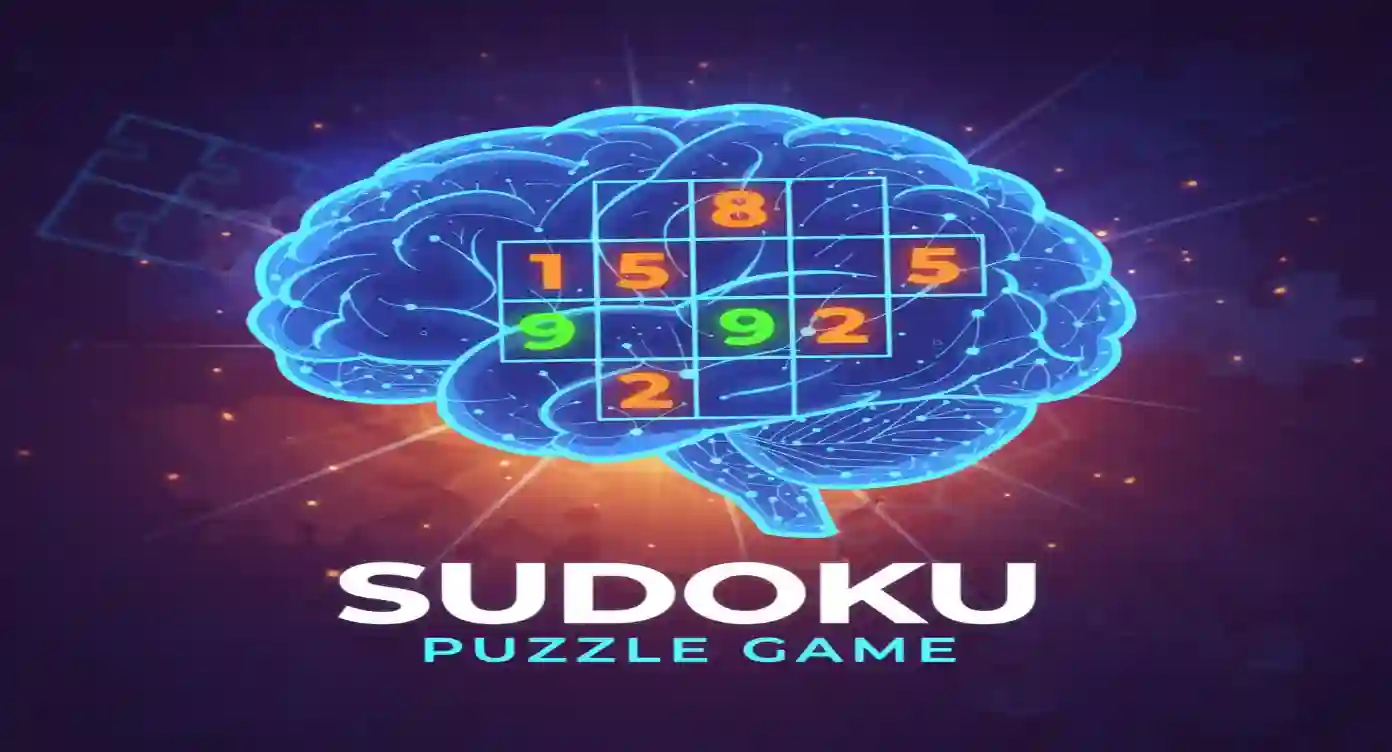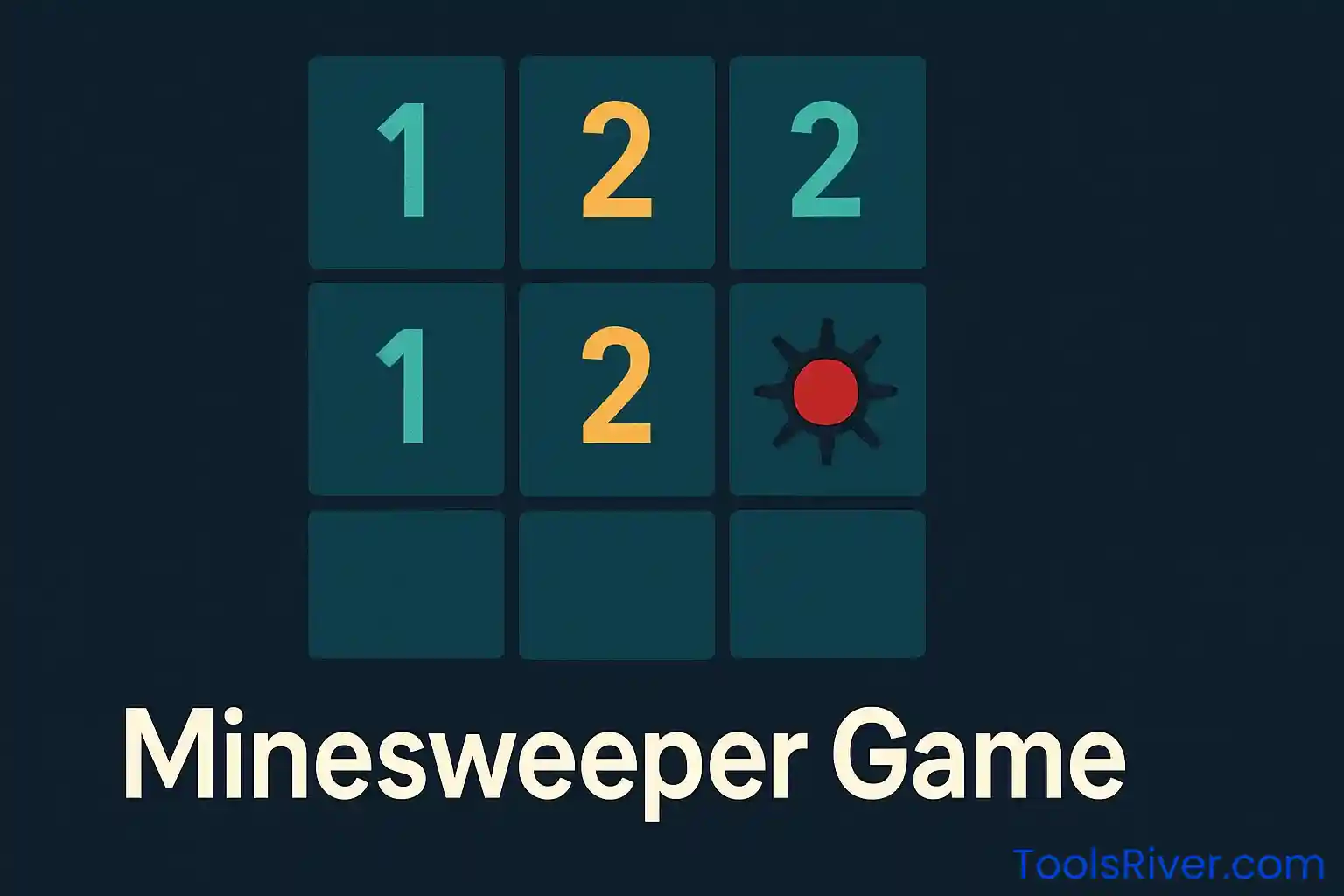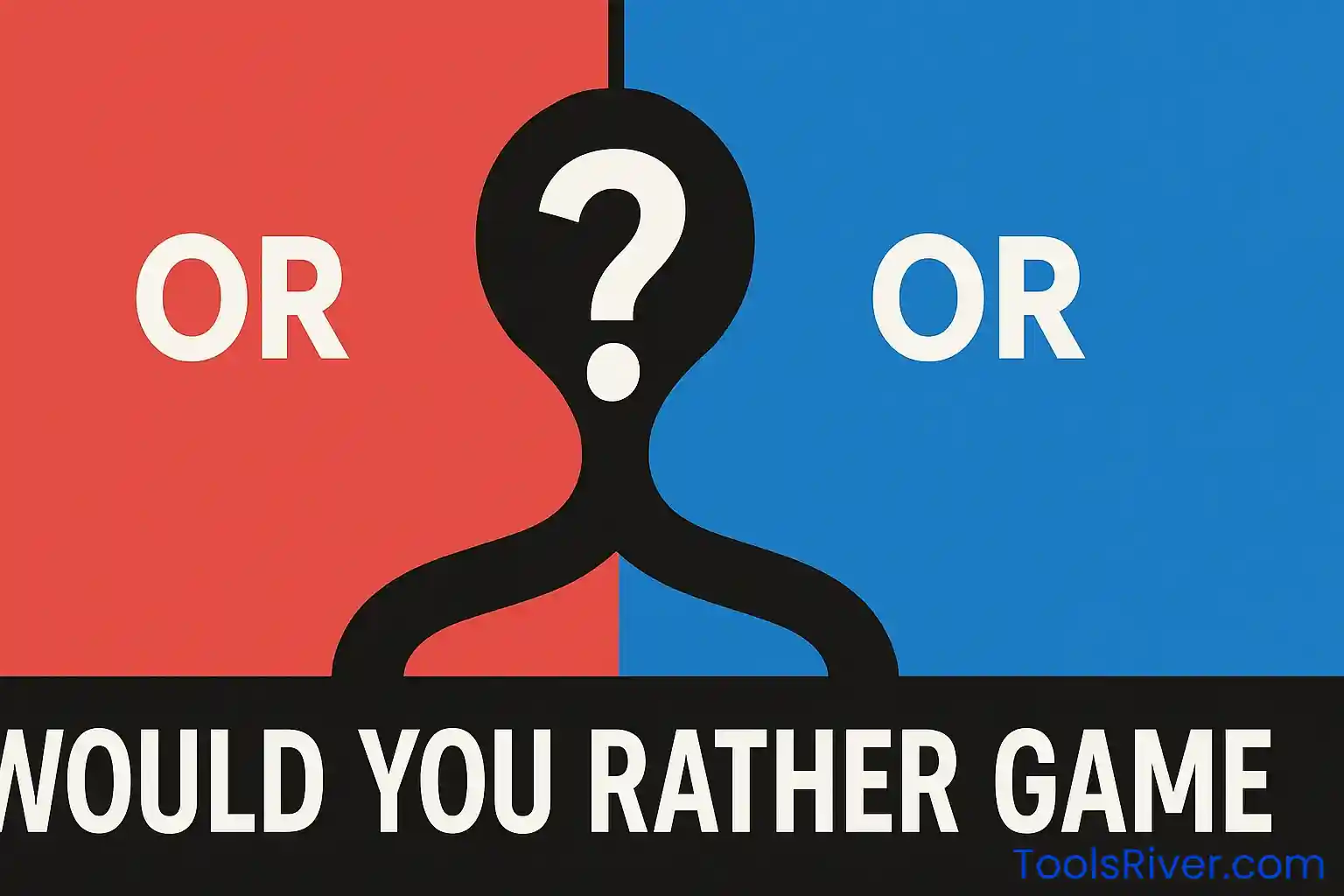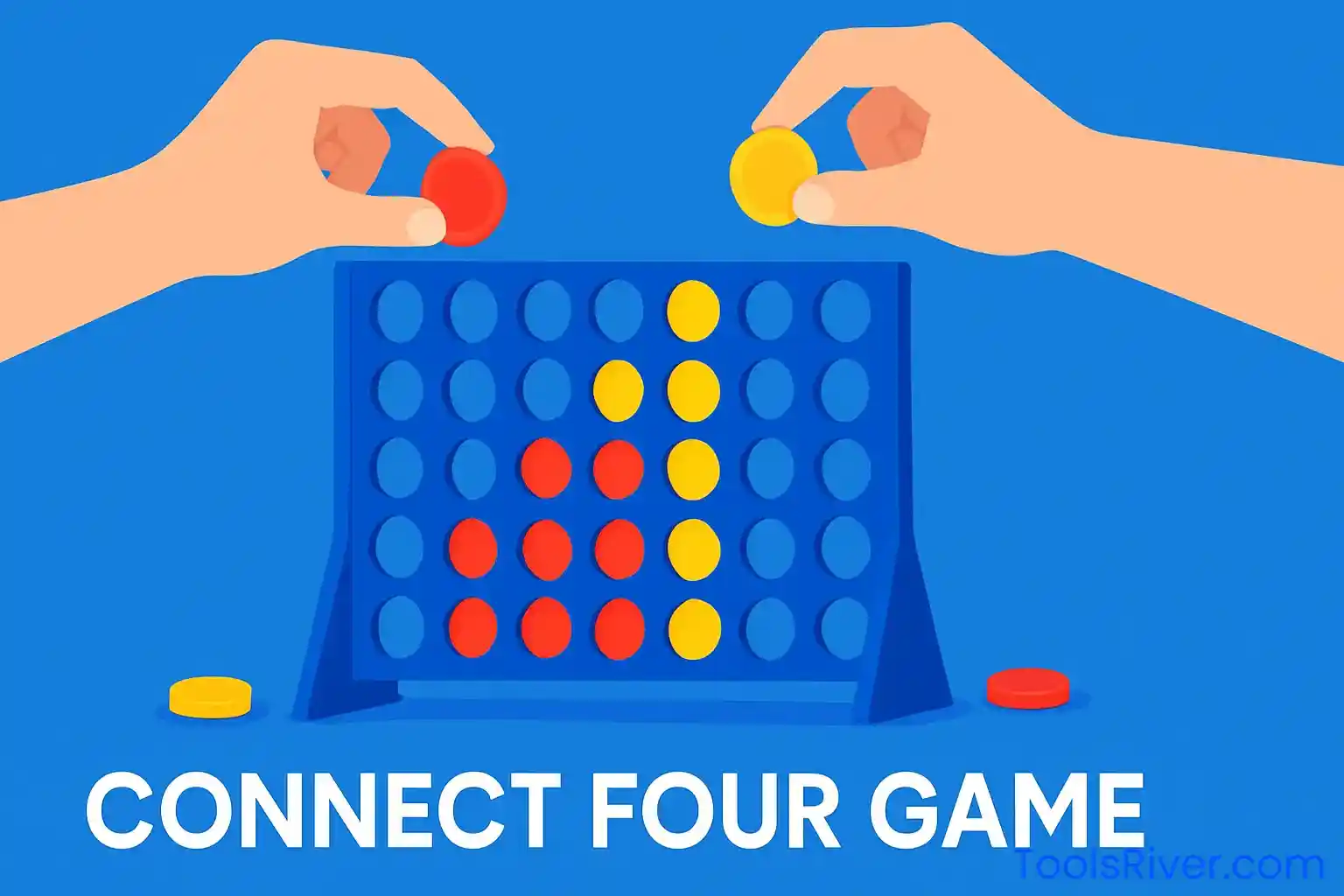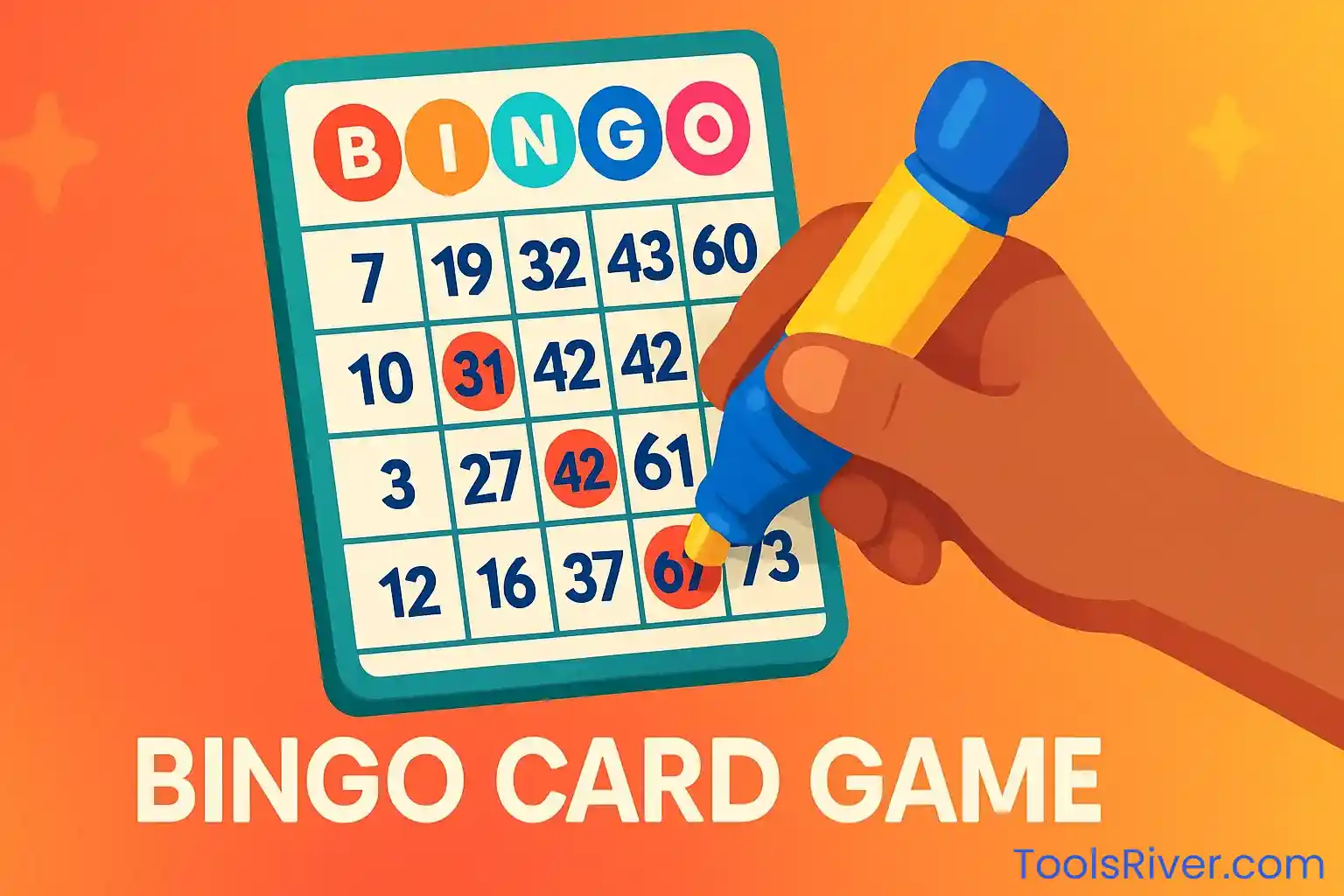Simon Says Game
Challenge your memory with this classic color sequence game. Watch, remember, and repeat the patterns to test your cognitive skills!
Test Your Memory Skills
Watch the sequence carefully and repeat it to advance to the next level
Keyboard Shortcuts
Table of Contents
Introduction to Simon Says Game
The Simon Says Game is a classic electronic memory game that challenges players to remember and repeat increasingly complex sequences of colors and sounds. Originally released in 1978 by Milton Bradley, this iconic game has entertained generations while simultaneously providing cognitive benefits. The game's simple yet addictive gameplay has made it a timeless favorite among people of all ages.
What Makes Simon Says Special?
Unlike many other games, Simon Says combines visual and auditory stimuli to create a multi-sensory experience that enhances memory retention. The game's progressive difficulty ensures that players are constantly challenged, making it both entertaining and beneficial for cognitive development.

The classic Simon Says Game features four colored buttons that light up in sequences
History of Simon Says
The Simon Says Game has a fascinating history that dates back to the late 1970s. Created by Ralph H. Baer and Howard J. Morrison, the game was named after the children's game "Simon Says." The original prototype was called "Follow Me" and was developed at Marvin Glass and Associates, a toy design firm.
The game was first introduced at the New York Toy Fair in 1978 and quickly became a commercial success. Its simple yet engaging gameplay appealed to a wide audience, and it soon became one of the most popular electronic games of its time. The game's distinctive circular design with four colored quadrants became instantly recognizable and has remained largely unchanged in subsequent versions.
Cultural Impact
Simon Says has left an indelible mark on popular culture, appearing in movies, TV shows, and even inspiring other games and applications. Its influence extends beyond entertainment, as it has been used in educational settings and cognitive therapy to improve memory and concentration skills.
How to Play Simon Says
Playing Simon Says is straightforward, making it accessible to players of all ages. The game consists of four colored buttons (typically red, green, blue, and yellow) that light up and produce distinct tones when pressed. The gameplay follows a simple pattern:
Basic Gameplay Steps
1. The game starts by lighting up one button and playing its corresponding tone.
2. The player must press the same button to repeat the sequence.
3. If correct, the game adds another button to the sequence.
4. The player must repeat the entire sequence in the correct order.
5. The sequence continues to grow with each successful round.
6. The game ends when the player makes a mistake.
As the game progresses, the sequences become longer and more challenging, testing the player's memory and concentration. The speed at which the sequence is presented may also increase, adding another layer of difficulty.
Game Rules and Mechanics
While the basic concept of Simon Says is simple, understanding the rules and mechanics is essential for success. The game follows a strict set of rules that govern gameplay and scoring:
Core Rules
1. Players must watch the sequence carefully without pressing any buttons.
2. After the sequence is complete, players must repeat it in the exact order.
3. Each successful round adds one more step to the sequence.
4. The game ends immediately upon an incorrect button press.
5. Players cannot skip or modify the sequence in any way.
6. The score is typically based on the number of successful rounds completed.
Some versions of the game may include additional rules or variations, such as time limits, speed increases, or special challenge modes. However, the core mechanics remain consistent across all versions.
Winning Strategies
While Simon Says may seem like a game of pure memory, there are several strategies that can improve your performance and help you achieve higher scores:
Memory Techniques
1. Chunking: Break the sequence into smaller, manageable chunks.
2. Association: Create associations between colors and familiar objects or concepts.
3. Visualization: Visualize the sequence as a pattern or shape.
4. Verbalization: Say the colors out loud as they appear.
5. Rhythm: Tap out the rhythm of the sequence to reinforce the pattern.
Additionally, maintaining focus and minimizing distractions can significantly improve your performance. Regular practice can also enhance your memory skills and increase your ability to remember longer sequences.
Cognitive Benefits
Beyond entertainment, the Simon Says Game offers numerous cognitive benefits that make it a valuable tool for brain training and development:
Memory Enhancement
Regular play can improve both short-term and working memory. The game's progressive difficulty helps expand memory capacity and enhances the ability to retain and recall information.
Concentration and Focus
Simon Says requires sustained attention and concentration, helping to improve focus and reduce mind-wandering. These skills are transferable to other areas of life, including academic and professional settings.
Cognitive Processing Speed
The game can enhance cognitive processing speed, improving the ability to quickly interpret and respond to visual and auditory stimuli.
Game Variations
Over the years, numerous variations of the Simon Says Game have been developed, each offering unique twists on the classic gameplay:
Popular Variations
1. Simon Optix: A head-mounted version that uses light patterns.
2. Simon Swipe: A touchscreen version with swipe gestures.
3. Simon Air: A motion-controlled version that responds to hand movements.
4. Digital versions: Mobile apps and online versions with additional features.
5. Multiplayer versions: Competitive modes for multiple players.
These variations maintain the core gameplay while introducing new elements that add freshness and excitement to the classic formula.
Psychology Behind Memory Games
The effectiveness of Simon Says as a memory training tool is rooted in cognitive psychology principles. The game engages multiple cognitive processes simultaneously:
Cognitive Processes Engaged
1. Encoding: The process of converting sensory information into memory.
2. Storage: The retention of encoded information over time.
3. Retrieval: The ability to access stored information when needed.
4. Attention: The selective focus on specific stimuli.
5. Pattern recognition: The ability to identify and remember patterns.
Research has shown that regular engagement with memory games like Simon Says can lead to structural and functional changes in the brain, particularly in areas associated with memory and cognitive function.
Digital Evolution
The digital age has transformed the Simon Says Game, making it more accessible than ever before. Mobile apps, online versions, and digital adaptations have introduced new features and capabilities:
Modern Features
1. Customizable difficulty levels
2. Progress tracking and statistics
3. Social sharing and leaderboards
4. Multiple game modes
5. Enhanced graphics and sound effects
These digital versions have expanded the game's appeal while maintaining its core gameplay and cognitive benefits.
Educational Applications
Simon Says has found numerous applications in educational settings, from early childhood education to special needs programs:
Educational Benefits
1. Improves following directions skills
2. Enhances color recognition
3. Develops sequencing abilities
4. Strengthens auditory processing
5. Builds patience and perseverance
Educators have incorporated Simon Says into lesson plans and therapeutic activities to support cognitive development and learning.
World Records
The competitive aspect of Simon Says has led to numerous world records and achievements:
Notable Records
1. Longest sequence completed: 31 steps
2. Fastest completion of 20 steps: 18.5 seconds
3. Most consecutive successful games: 14
4. Highest score in speed mode: 84 points
These records demonstrate the incredible memory capabilities that can be developed through dedicated practice and training.
Frequently Asked Questions
Here are answers to some common questions about the Simon Says Game:
Is Simon Says suitable for all ages?
Yes, Simon Says is suitable for players of all ages. The game's progressive difficulty makes it accessible to young children while still challenging for adults.
How often should I play to see cognitive benefits?
Regular practice, even for just 10-15 minutes a day, can lead to noticeable improvements in memory and concentration over time.
Can Simon Says help prevent cognitive decline?
While not a cure, regular engagement with memory games like Simon Says may help maintain cognitive function and potentially slow age-related decline.
Frequently Asked Questions
The Simon Says Game is an electronic memory game where players must repeat increasingly complex sequences of colors and sounds. It was first introduced in 1978 and has since become a classic game enjoyed by people of all ages.
To win at Simon Says, you need to successfully repeat the longest possible sequence of colors. The game continues until you make a mistake, so the goal is to achieve the highest score possible by remembering and repeating increasingly complex patterns.
Playing Simon Says can improve short-term memory, enhance concentration, increase cognitive processing speed, and strengthen pattern recognition skills. Regular play may also help maintain cognitive function and potentially slow age-related decline.
Yes, several strategies can improve your performance: chunking the sequence into smaller parts, creating associations between colors and familiar objects, visualizing the pattern, verbalizing the colors, and maintaining focus. Regular practice also helps improve memory skills.
Absolutely! Simon Says is excellent for children as it helps develop memory skills, color recognition, sequencing abilities, and concentration. The game's progressive difficulty makes it suitable for children of various ages and developmental stages.
Yes, there are numerous online versions of Simon Says available. These digital versions often include additional features like customizable difficulty levels, progress tracking, and social sharing options while maintaining the classic gameplay.
The world record for the longest sequence completed in Simon Says is 31 steps. Other notable records include the fastest completion of 20 steps (18.5 seconds) and the highest score in speed mode (84 points).
Regular practice of 10-15 minutes daily can lead to noticeable improvements in memory and concentration. Consistency is more important than duration, so establishing a regular routine is key to maximizing cognitive benefits.

